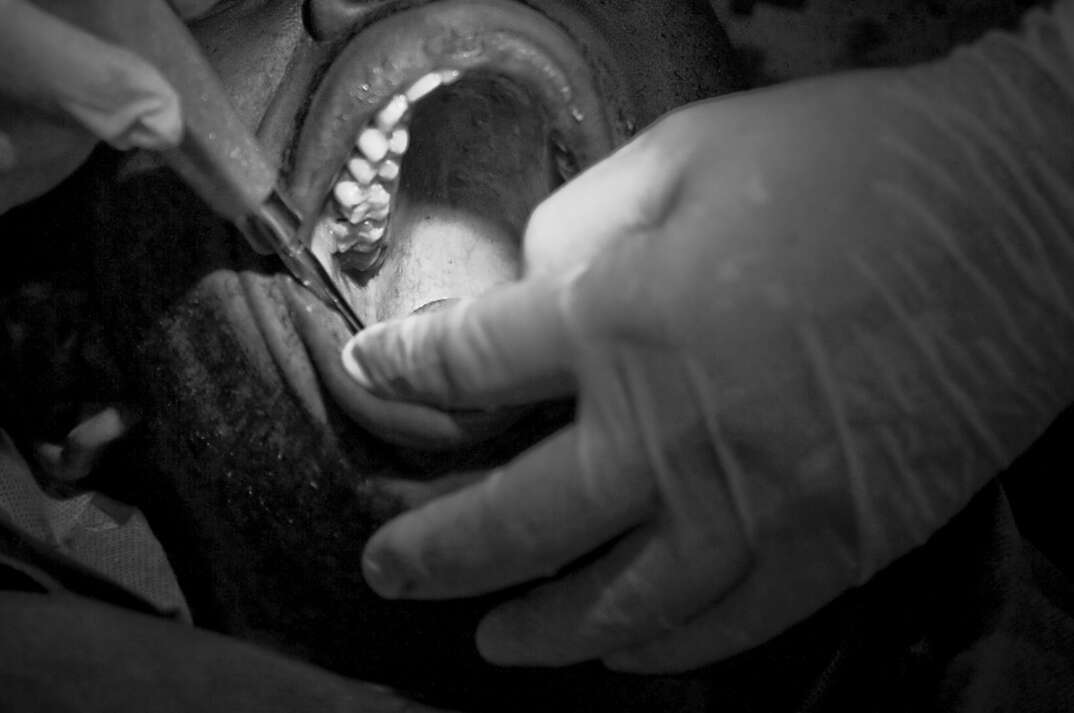What's a Root Canal?

Going to the dentist isn't typically something you want to do, but hearing you need a root canal can make the exam even worse. What is a root canal, and what should you expect?
Doing a little research before you undergo the procedure can make it a little less intimidating.
What Is a Root Canal and What Is It Supposed to Fix?
A root canal is a dental treatment to save a tooth when the tooth pulp becomes infected or injured. The pulp is the soft tissue inside the tooth and is full of blood vessels, nerves and connective tissue. Your tooth can survive without pulp once it's fully formed. During the root canal procedure, the dentist or endodontist removes the injured pulp and fills the gap. It's an alternative to pulling a badly infected or injured tooth, allowing you to keep your natural teeth instead of getting a dental implant.
You typically need a root canal when bacteria reach the pulp inside the tooth and cause an infection. This can happen from an injury such as a crack, chip, or deep cavity. The pulp can also become damaged or inflamed due to a tooth injury. If it goes untreated, the situation can cause the pulp to die. You could also lose bone or the entire tooth if you don't get proper treatment.
Your dentist or endodontist will use X-rays to determine how much damage needs to be repaired. A root canal starts with local anesthesia to numb the area. The following steps typically happen during a root canal:
- The tooth is isolated using a rubber dental dam.
- The dentist makes a small hole in the tooth crown to access the pulp chamber.
- They remove any areas of decay and the damaged pulp.
- The dentist then cleans out the empty space and may apply medication to handle the infection. They might also enlarge or reshape the chambers to make filling them easier.
- The space is then filled with a rubbery substance, with a temporary filling placed on top.
- At a follow-up appointment, the dentist will either place a permanent filling or a crown on the tooth. A crown helps protect the tooth from future decay or damage. You can typically get a crown in gold or a porcelain tooth-colored finish.
It's important to go to all follow-up appointments and continue with regular dental care after your root canal. This can prevent future issues with the treated tooth and the rest of your teeth.
More Related Articles:
- How Often Should You Go to the Dentist?
- Do Dentists Offer Payment Plans?
- Everything You Need to Know About Emergency Dentists
- How Much Does a Dental Cleaning Cost?
- How Much Do Dentures Cost?
How Painful Is a Root Canal?
Root canals are often associated with intense pain, but dental advancements have made the process a little easier to handle. You'll receive local anesthesia during the procedure, so you shouldn't feel any pain while the dentist repairs your tooth. You can typically go back to your normal activities the same day.
Once the anesthesia wears off, you might notice some mild discomfort and increased sensitivity, but you shouldn't have severe pain. If you've had pain due to the infection, the root canal should take care of it, so you might feel less pain after the procedure than before. Your dentist will likely recommend over-the-counter pain relievers. Contact your dentist if you experience severe pain, or the discomfort doesn't go away after a few days.
How Long Do Root Canals Last?
When the root canal procedure is done correctly, the tooth can last for the rest of your life. It's possible for a root canal to fail if the dentist doesn't clean out the space well. You could also have issues with the crown or filling, or you could experience another injury that damages the tooth. In some cases, you can get a repeat root canal to save the tooth if the initial treatment fails. If that's not an option, your dentist can discuss other options, such as extracting the tooth and doing a dental implant or bridge.
Elocal Editorial Content is for educational and entertainment purposes only. The information provided on this site is not medical advice. Editorial Content is not intended to be used for diagnosis or treatment. We are not physicians or a substitute for advice from a physician. The opinions, beliefs and viewpoints expressed by the eLocal Editorial Team and other third-party content providers do not necessarily reflect the opinions, beliefs and viewpoints of eLocal or its affiliate companies. Use of the Blog is subject to the
Website Terms and Conditions.The eLocal Editorial Team operates independently of eLocal USA's marketing and sales decisions.



